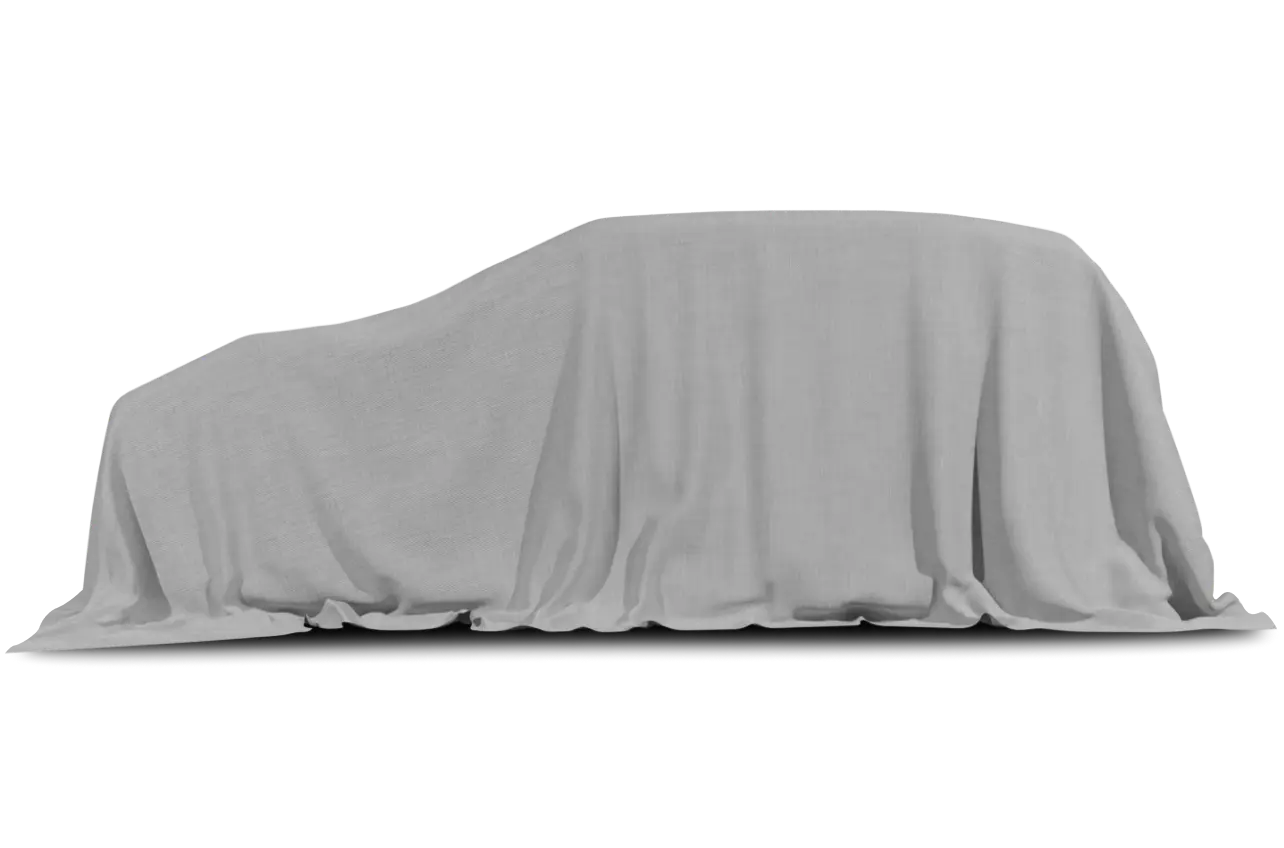
When Ford took the wraps off of its 2000 Taurus last spring at the New York Auto Show, enhanced safety and a fairly major redesign were key elements.
The 2000 Taurus (as well as the mechanically similar 2000 Sable) is now on the street and I have had a chance to drive both. It comes in LX, SE and SE station wagon models. Prices start as low as $18,245 for the LX and range to $$21,445 for the SE Comfort model.
Across the board, from drivability to styling to function, this Taurus is a notable improvement. It has a little more headroom in front but 1.9 inches more in back. The trunk is 1.2 cubic feet bigger and it is easier to get things in and out. It now contains an emergency release so it can be opened from inside.
As before, the availability of a station wagon is great because so few are offered in this mid-size class.
Our test car, an SE model with the Duratec 24-valve, DOHC, 3.0-liter V6 engine, has 200 horsepower, an increase of 15. The base engine, also a 3.0-liter V6, gets an increase of eight horsepower to 153.
The Duratec engine is clearly superior to the older engine. It is more energetic and refined, although in terms of overall smoothness it still falls a tad short of some of the best engines in this segment.
Nice additions include the availability of an all-speed traction control system ($175). Anti-lock brakes are optional on the LX and standard on the SE.
To improve the ride and handling, Ford retuned the suspension and changed the front-end alignment for added directional stability. Handling seems to be about as before, while ride harshness has been reduced.
Despite changes to improve steering feel, I think the Taurus, as well as the Sable, doesn’t steer as nicely as the smaller Focus.
In terms of the redesign, the roof and door panels remain the same, but the nose is more upright and less round. Large, clear-glass headlights and a bigger grille give the front a stronger presence, while around back the trunk is taller, the taillights are bigger and the back window is rectangular.
Inside, things have been changed significantly, as well. The instrument panel and the integrated control panel for radio and climate control are no longer dominated by oval shapes.
Big map pockets are again in the door panels. An adjustable cupholder has been created for the center console. Even when it is not being used as a cupholder, its rectangular shape makes it a good storage space for cell phones, etc.
While the most obvious part of the story is the redesign, the comprehensive way that safety has been addressed is significant. The previous Taurus had received a five star ranking in crash tests, and the steps the company has taken to improve on that score is noteworthy.
Fortunately, during my test drive I did not have a chance to test the new system, but it contains a number of features that give it a considerable advantage.
For example, the “brain” o f the safety system is a computer with sensors that tell it whether the front-seat passengers are wearing seatbelts, how close the driver’s seat is to the steering wheel and how severe the accident is. Dual-stage airbags open at two levels of force, depending on the severity of the accident.
Ford’s press material explains that in a crash, the computer activates devices in the seatbelt retractors that take the slack out of the belts. In severe crashes, a metal bar tucked into the spool of the seatbelt retractor releases small amounts of belt webbing to reduce the risk of injuries to the occupant’s chest.
Optional side airbags are shaped to protect both the head and chest in a side impact.
For those who use child safety seats, there are three anchors for attaching tethers to keep the seats in place even better.
Ford said it expects this new safety system to reduce airbag deployments and cut down on airbag-related injuries.
Working hand-in-hand with the ew safety system is an adjustable pedal option ($120). The pedals can be moved up to three inches so that shorter drivers need not have the steering wheel in their face in order to reach the pedals.
Price
The base price of our test car was $21,445. Options included floor mats, center console, traction control, adjustable pedals, side-impact airbags and leather upholstery.
The sticker price was $23,185.
Warranty
Three years or 36,000 miles.
To get in touch with Tom Strongman call (816) 234-4349 or e-mail: strongmn@kcstar.com.
Point: The 2000 Taurus has greater appeal because it looks better, drives better and has an impressive gathering of standard safety equipment, all for a price that is well under $19,000 for the LX.
Counterpoint: While changes have been made to the steering, I think it still feels artificially heavy.
SPECIFICATIONS:
ENGINE: 3.0-liter, V6
TRANSMISSION: automatic
CONFIGURATION: front-wheel drive
WHEELBASE: 108.5 inches
CURB WEIGHT: 3,341 lbs.
BASE PRICE: $21,445
PRICE AS DRIVEN: $23,185
MPG RATING: 20 city, 28 hwy.



























